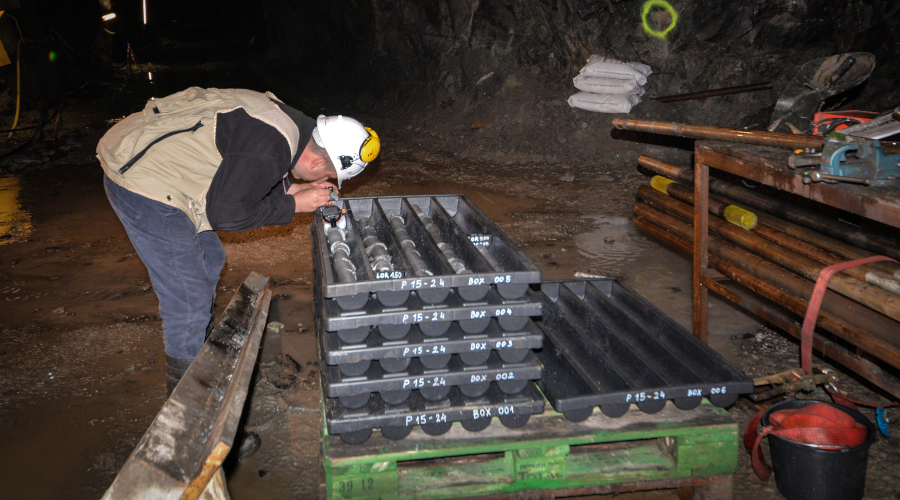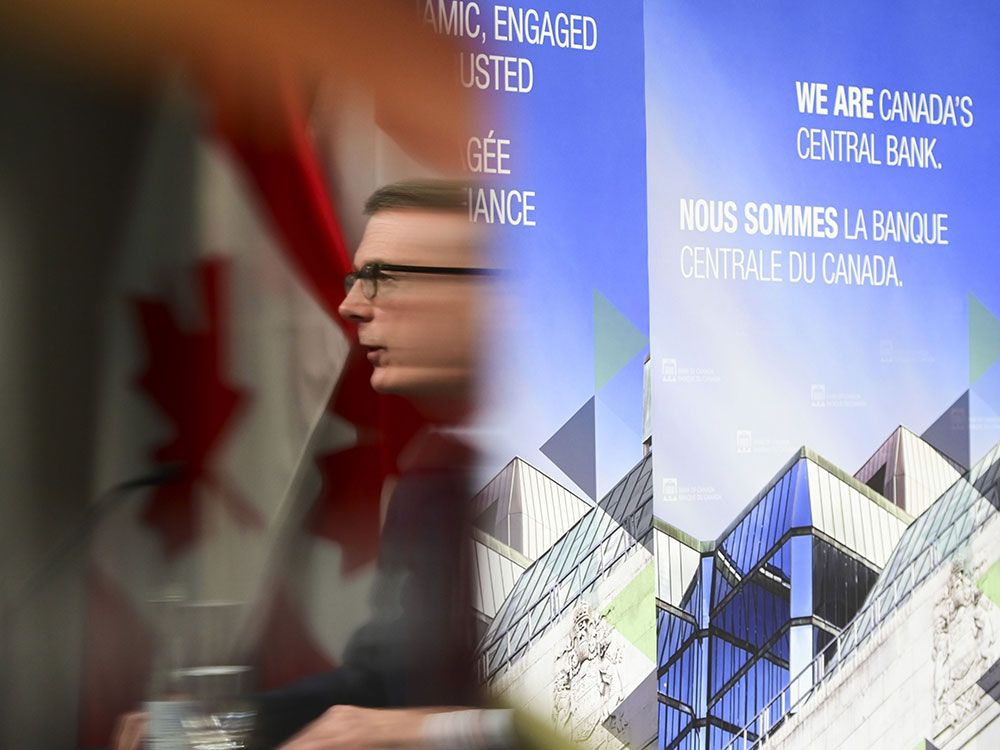
According to its creators, the use of a modular sequence of optimized exploration methods from ground, air and space-based information decreases exploration costs because there is no need for drilling and blasting which, in turn, dramatically reduces emissions.
Greenpeg has developed two toolsets for the exploration of buried LCT and NYF pegmatites
“Innovation needs raw materials from mining. The economic value chain depends on a secure raw materials supply. Europe’s ambitious e-mobility plan will rely on both,” the initiative’s website states. “Increasing requirements for responsible sourcing in the raw materials value chain, have put pressure on the industry to engage in responsible sourcing and responsible business conduct and to perform relevant due diligence that goes beyond legislative obligations. This starts upstream with exploration.”
Greenpeg’s approach focuses on designing a strategy based on the specific characteristics of the target pegmatite ores. At present, this strategy is concentrating on ores that present low contrast of petrophysical properties compared with their wall rocks; high mineralogical variability in different pegmatite types; relatively small orebody volumes (0.01 to 5 million m³) and lateral extent; pegmatites in clusters (fields); and Li, B, F, Cs, Be, Ta and Sn halos (10 to 100 m scale) around the bodies.
The methodology testing and optimization are being performed in three European demonstration sites: in Wolfsberg, Austria; south Leinster, Ireland; and Tysfjord, Norway. Field-testing approaches have been divided into three investigation scales: (1) province scale (500 – 10000 km²); (2) district scale (50 – 500 km²); and (3) prospect scale (<50 km²).
“Resource inventories have become an important measure in raw materials policy-making. Greenpeg technology will broaden our knowledge bases of industrial minerals and critical raw materials,” project creators say. “This in turn will help feed the resource base for green technology ‘Made in Europe’.”




